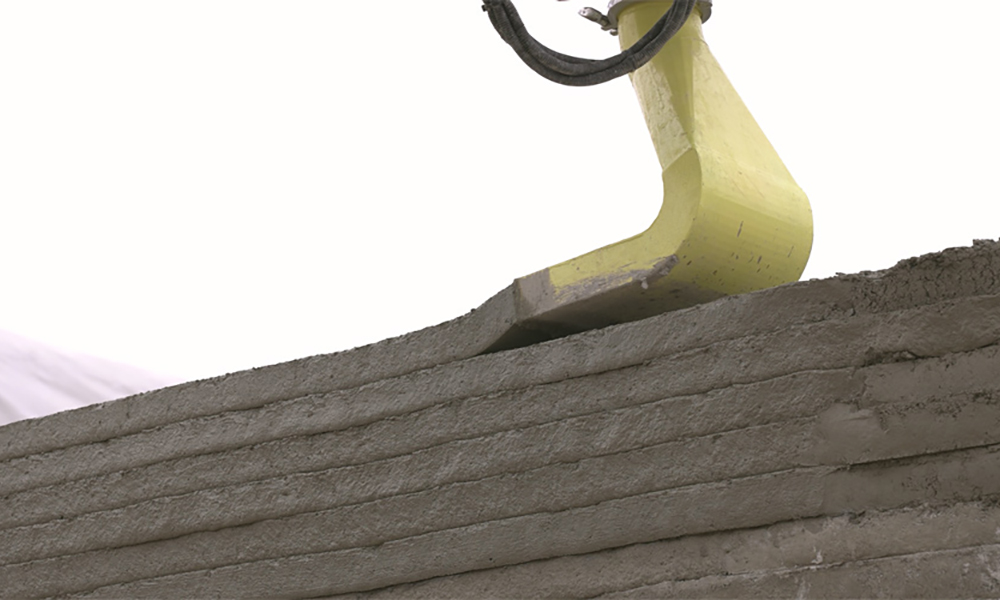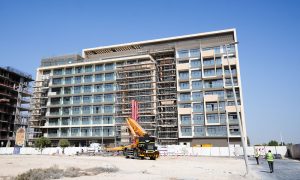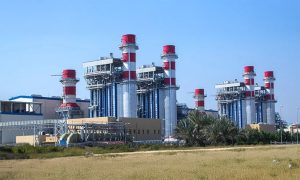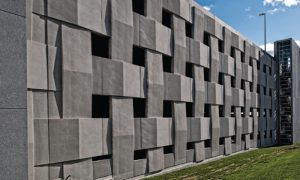Züblin leverages 3D printing to deliver load-bearing concrete walls
Delivering cementitious paste in a rectangular method, the squared walls are able to support the weight of the building, the firm noted

Germany-based Züblin has said that it has constructed a building from a single 3D-print with load-bearing concrete walls. The achievement is a ‘world first’ according to the company, which is a subsidiary of Putzmeister and Strabag.
According to a report, the structure is Strabag Baumaschinentechnik International’s newest warehouse in Stuttgart, Germany, and its construction will not only create a new facility for Strabag but also serve as a bench test for Züblin’s 3D printing capabilities and processes.
Using Putzmeister’s KARLOS mobile concrete printer, the machine’s mast boom has a 26m reach. Its extensive span allows the application of “concrete in several layers precisely on the basis of a predefined and digital blueprint via a special print head,” noted Züblin.
Until now, the challenges of 3D concrete printing have mainly been the lack of scalability of the technology for large-scale projects. “Printing has mainly been done with so-called portal printers, which are limited to the production of smaller buildings,” the firm added.

It added that KARLOS allows more flexibility and range, which provides the potential for scalability – even for large-scale projects. Delivering cementitious paste in a rectangular method, much like the form of a brick (as opposed to a rounded edge like most 3D concrete printers), the squared walls are able to support the weight of the building.
“In addition to the complete elimination of formwork work, the economic and ecological advantages of the method include the production of solid wall cross-sections in a single operation and the use of CO2-reduced concretes. By using only green electricity for the all-electric machine and using CO2-reduced concretes, Züblin and Putzmeister are making an important contribution to making building construction more sustainable in the future,” the firm explained.
Combined with electrification, digital planning, and use of a BIM model on this project, Züblin said it’s hoping to develop novel construction methods for the future.
It concluded, “The combination of the production steps from the digital planning of the BIM model to the implementation by 3D printer revolutionises the processes in construction. Work processes are significantly streamlined and accelerated by automation.”























